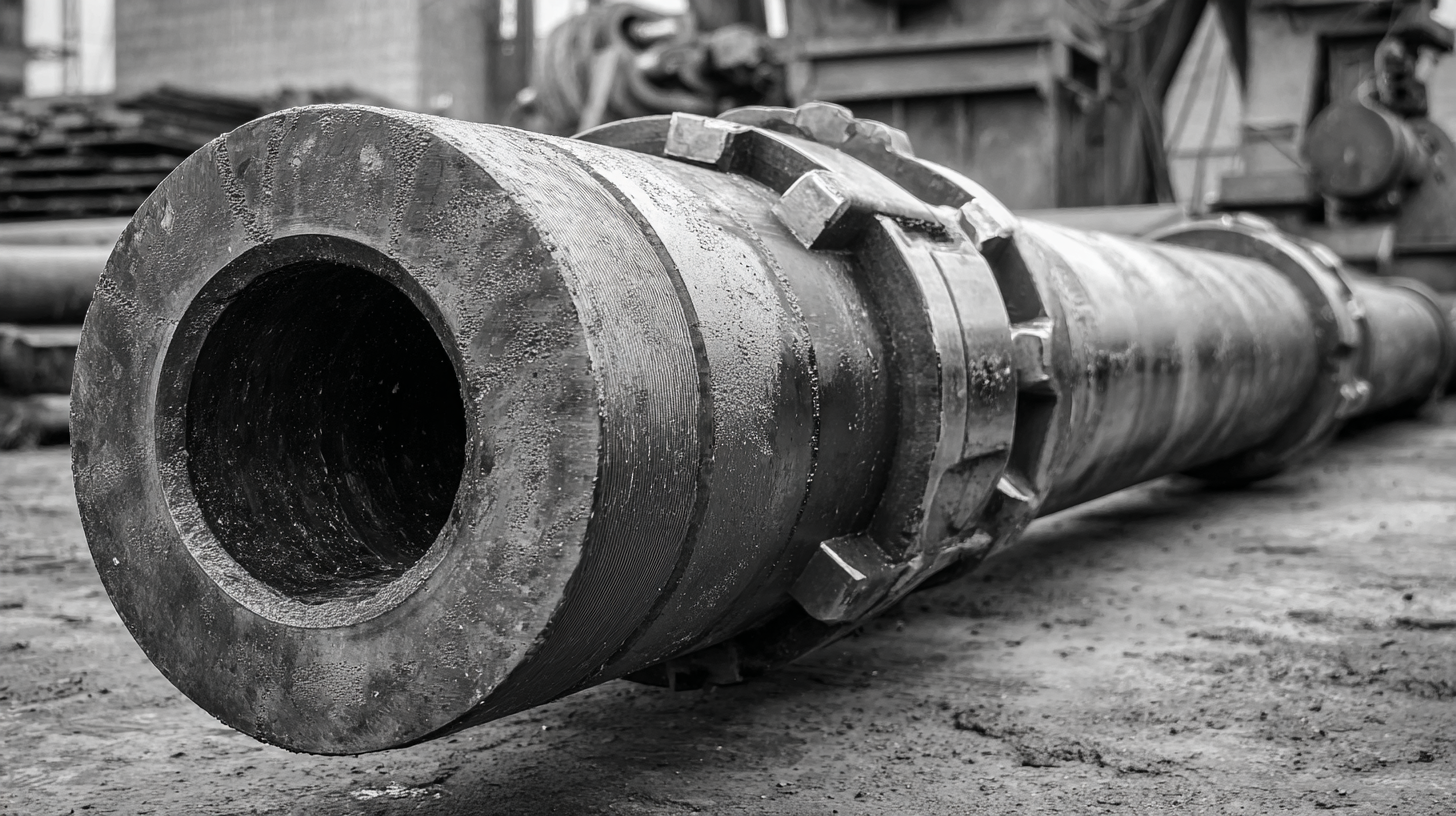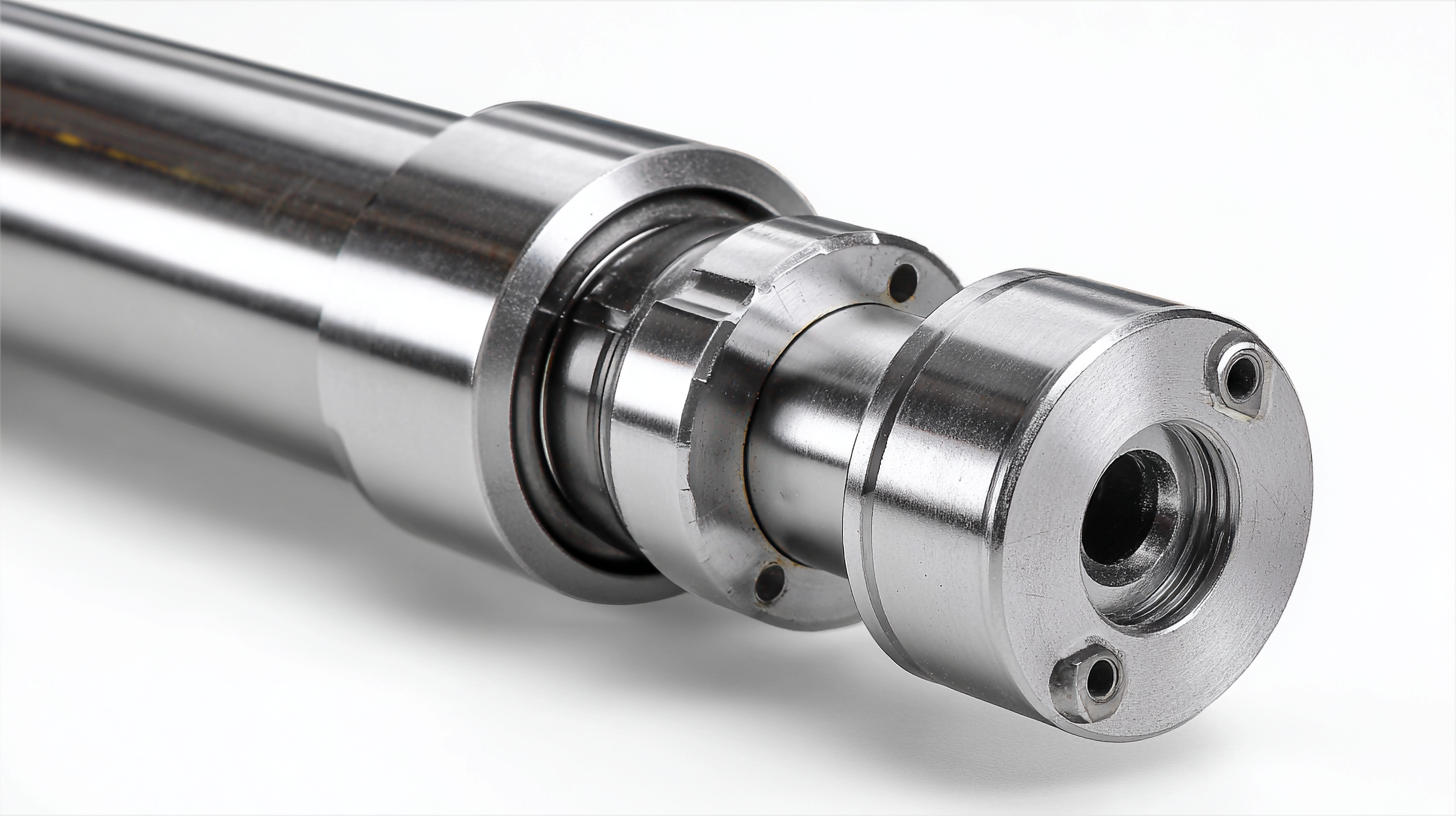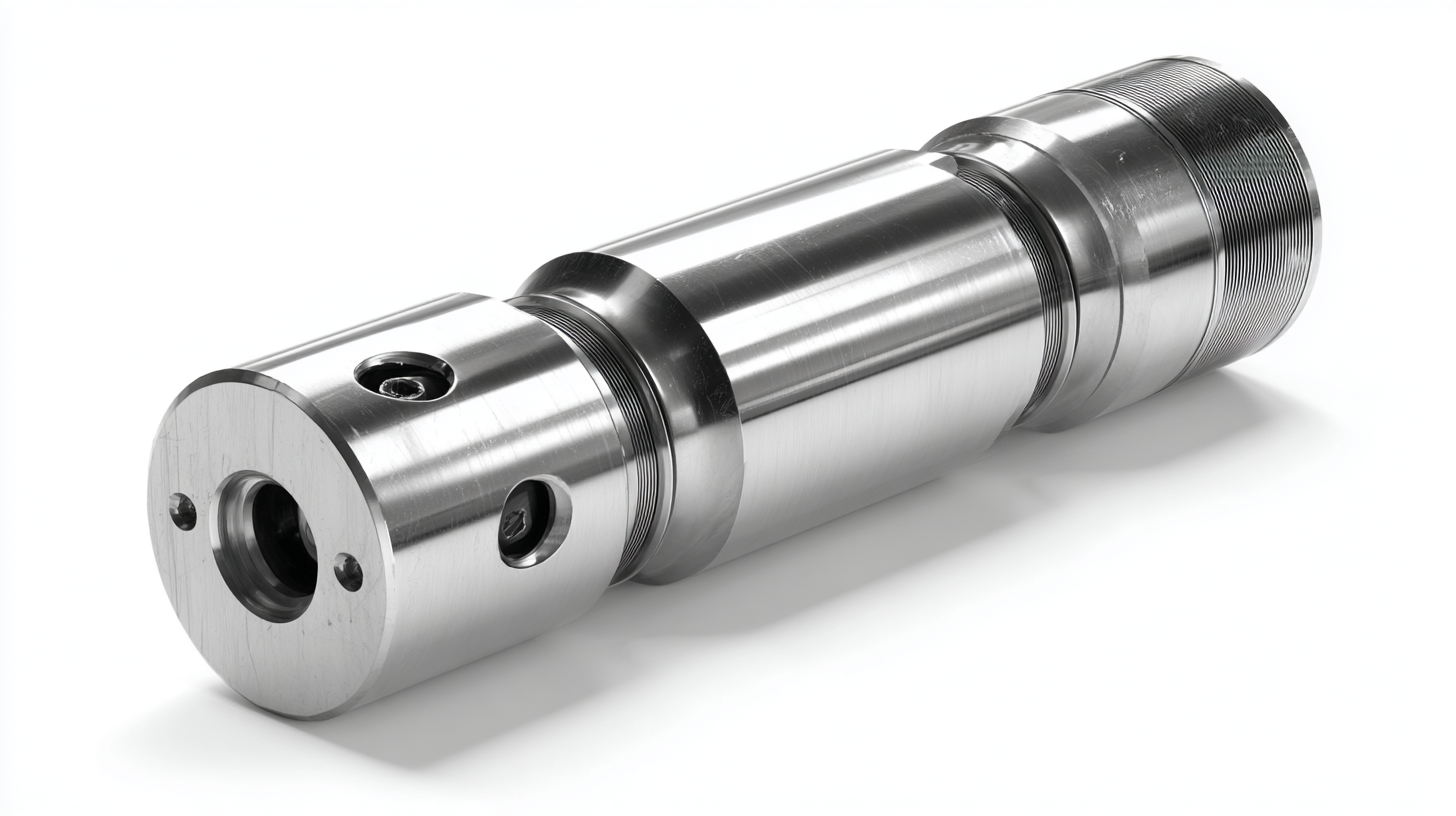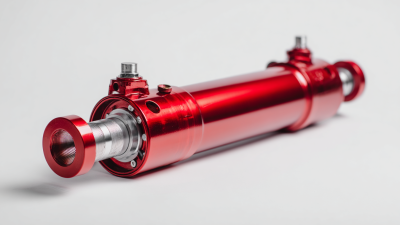 +86-13349293098
+86-13349293098
Leave Your Message
-
 Contact Phone
Contact Phone -
 Contact WhatsApp
Contact WhatsApp -
 Contact Email
Contact Email



The hydraulic cylinder shaft is a critical component in various industrial applications, serving as the link between hydraulic power and mechanical motion. According to the International Fluid Power Society, improper maintenance of hydraulic systems can lead to considerable downtime and a staggering 20-30% of machine failures in factories result from hydraulic system issues. This emphasizes the importance of having a well-maintained hydraulic cylinder shaft to ensure the efficient operation of machinery. With proper upkeep, users can not only enhance the longevity of their equipment but also improve system performance, leading to increased productivity and reduced operational costs. In this blog, we will explore seven essential tips for maintaining your hydraulic cylinder shaft, ensuring your systems run smoothly and effectively while minimizing the risk of disappointing setbacks.

When selecting the right materials for your hydraulic cylinder shaft, it’s crucial to consider factors such as strength, corrosion resistance, and wear resistance. Materials like high-strength steel or specialized alloys are often preferred for their ability to withstand high pressure while maintaining structural integrity. For instance, studies indicate that using materials with a tensile strength of over 500 MPa significantly enhances durability and performance in hydraulic systems. This is especially true for applications involving heavy-duty machinery, such as a 40-ton hydraulic press, where consistent performance is paramount.

Moreover, managing friction is vital for optimizing the performance of hydraulic cylinders. Advances in sealing technology have revealed that reducing friction within the hydraulic cylinder not only prolongs its lifespan but also improves efficiency. High-performance seals composed of advanced synthetic materials can reduce wear and enhance the sealing efficiency, contributing to better overall functionality. Industry reports highlight that implementing such innovative sealing solutions can lead to a reduction in energy consumption by as much as 15%, underscoring the importance of material selection and design in hydraulic systems.
Regular inspection and maintenance of hydraulic cylinder shafts are crucial for ensuring their longevity and optimal performance. Just like the importance of routine vehicle servicing, which can significantly affect a car's lifespan and efficiency, the regular upkeep of hydraulic components cannot be overlooked. Research indicates that neglecting inspections may lead to significant repair costs and system failures. For instance, the undercarriage of construction equipment is generally recommended to be inspected once or twice a year to prevent costly downtime and enhance safety.

In industries where hydraulic systems are prevalent, the benefits of regular inspections also mirror findings in other maintenance sectors. A recent report highlights that regular inspections are vital for assets like fire hydrants, as improper maintenance can leave them inoperable during critical situations. Similarly, keeping a close eye on hydraulic cylinder shafts can preemptively identify wear and tear, thus circumventing catastrophic failures. By implementing a diligent inspection routine, operators can optimize performance and prolong the life of their hydraulic systems, ensuring that productivity remains uninterrupted.
Maintaining the integrity of your hydraulic cylinder shaft is critical for ensuring optimal performance and longevity. One of the key practices to prevent corrosion is to regularly inspect the shaft for any signs of wear or damage. Keeping the cylinder clean is fundamental; dirt and debris can act as abrasives, leading to premature wear. Using appropriate cleaning solutions that won’t harm the surface is essential to maintain its integrity.
Another important aspect is the application of protective coatings. Specialized lubricants can create a barrier against moisture and other corrosive agents, significantly reducing the risk of rust. Additionally, ensuring proper alignment during operation can minimize stress on the shaft, prolonging its life. Regular maintenance schedules, which include checking seals and replacing them as necessary, further help to prevent contamination and prolong the shaft's service life. By incorporating these practices, you can protect your hydraulic cylinder shaft from corrosion and wear, ultimately enhancing your equipment’s efficiency.
This bar chart illustrates the key practices for maintaining the hydraulic cylinder shaft, focusing on the percentage importance of each maintenance tip in preventing corrosion and wear.
When it comes to maintaining hydraulic cylinder shafts, effective cleaning techniques play a crucial role in prolonging their lifespan and ensuring optimal performance. Hydraulic cylinders operate under high pressure and are exposed to dirt, debris, and contaminants that can significantly affect their functionality. Therefore, regular cleaning of the cylinder components is essential. A simple yet effective method involves using a soft cloth or a non-abrasive brush to gently wipe down the surfaces. This helps remove visible dirt while preventing scratches that could lead to wear over time.
In addition to basic cleaning, utilizing appropriate cleaning solutions is vital. Mild detergents mixed with warm water can effectively break down grease and oil buildup without damaging the surface of the cylinder shaft. For tougher contaminants, consider using specialized hydraulic cleaning solvents designed to dissolve stubborn residues. After applying the cleaning solution, rinsing thoroughly with clean water is essential to avoid leaving any soap residue, which could attract more dirt. Adopting these effective cleaning techniques will not only enhance the performance of your hydraulic cylinder but also reduce the risk of costly repairs due to neglect.
Identifying signs of damage in your hydraulic cylinder shaft is crucial for maintaining its efficiency and longevity. One of the first indicators of potential issues is noticeable wear on the shaft's surface. Look for scratches, nicks, or unusual discoloration that could suggest corrosion or fatigue. These imperfections can lead to fluid leakage and decreased performance, necessitating immediate attention. Additionally, if you notice any increased vibration or unusual noises during operation, it may signal that the shaft is misaligned or becoming unstable.
Another critical sign is when the hydraulic cylinder experiences decreased performance, such as slower actuation or reduced lifting capabilities. These are often symptoms of internal damage that may not be visible. Regular inspection is vital; by checking the seals and connections, you can ensure that there are no signs of fluid leakage which can further compromise the shaft's integrity. If you observe any of these issues, it’s essential to replace the shaft promptly to prevent further damage to the entire hydraulic system. Being proactive about maintenance can save both time and resources in the long run.
| Tip | Description | Signs of Damage | Replacement Suggestion |
|---|---|---|---|
| Regular Cleaning | Keep the shaft free from dirt and debris to prevent wear. | Visible dirt or buildup on the shaft surface. | Clean regularly; replace if cleaning doesn’t restore condition. |
| Inspect Seals | Check seals for wear and tear to maintain fluid integrity. | Leaking fluid or hardened seals. | Replace seals if damaged to prevent further issues. |
| Monitor Operating Pressure | Ensure pressure levels remain within manufacturer specifications. | Fluctuating pressure readings. | Evaluate system; replace shaft if consistent overpressure is noted. |
| Check for Corrosion | Examine shaft for signs of rust or corrosion to prevent failure. | Visible rust or pitting on the surface. | Replace if corrosion is severe to avoid operational risks. |
| Maintain Proper Lubrication | Ensure appropriate lubrication to reduce friction and wear. | Unusual noise or increased resistance during operation. | Reapply lubricant; consider replacement if issues persist. |
| Temperature Monitoring | Keep an eye on operating temperatures to prevent overheating. | Increased operating temperatures above normal range. | Assess cooling mechanisms; replace if damage is indicated. |
| Professional Inspections | Schedule regular inspections by a qualified technician. | Technician notes any irregularities during inspection. | Follow technician's advice on necessary replacements. |






